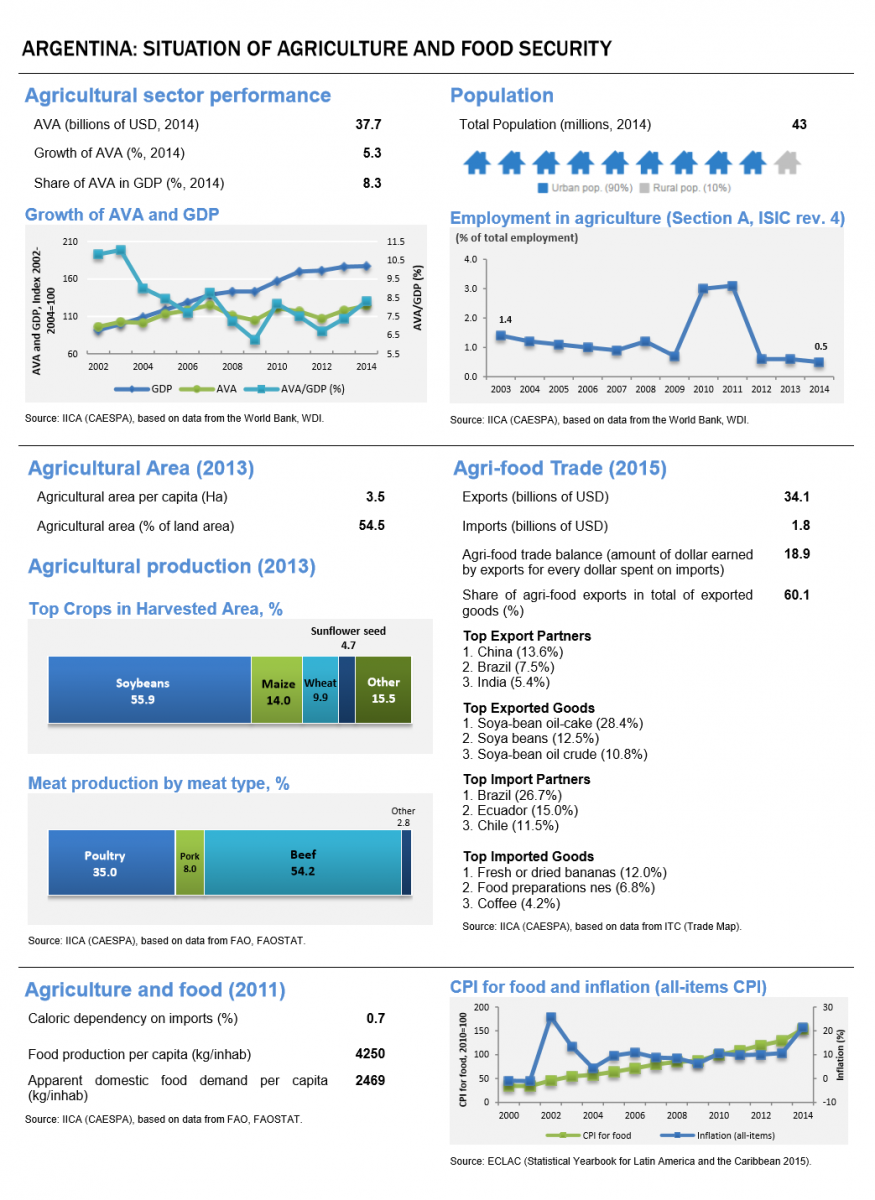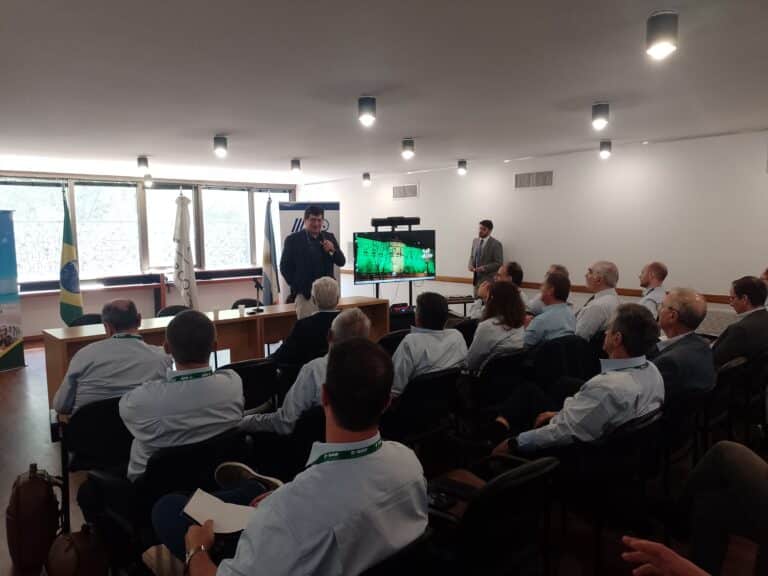IICA’s CAESPA shares insight into the situation of agriculture and food security and the opportunities for the private sector in Agriculture in Argentina.
Read about the situation of agriculture and food security and the opportunities for the private sector in Agriculture in Argentina.
* This post appears in the IICA Delegation in the USA Newsletter – July – August 2016













